Ultrasonic Technology plays a vital role in the aerospace industry by enabling precise inspections, enhancing safety, and ensuring the reliable operation of aircraft components and systems.. These high-frequency waves are used in a variety of ways to enhance safety, improve efficiency, and ensure the structural integrity of aerospace components and systems.
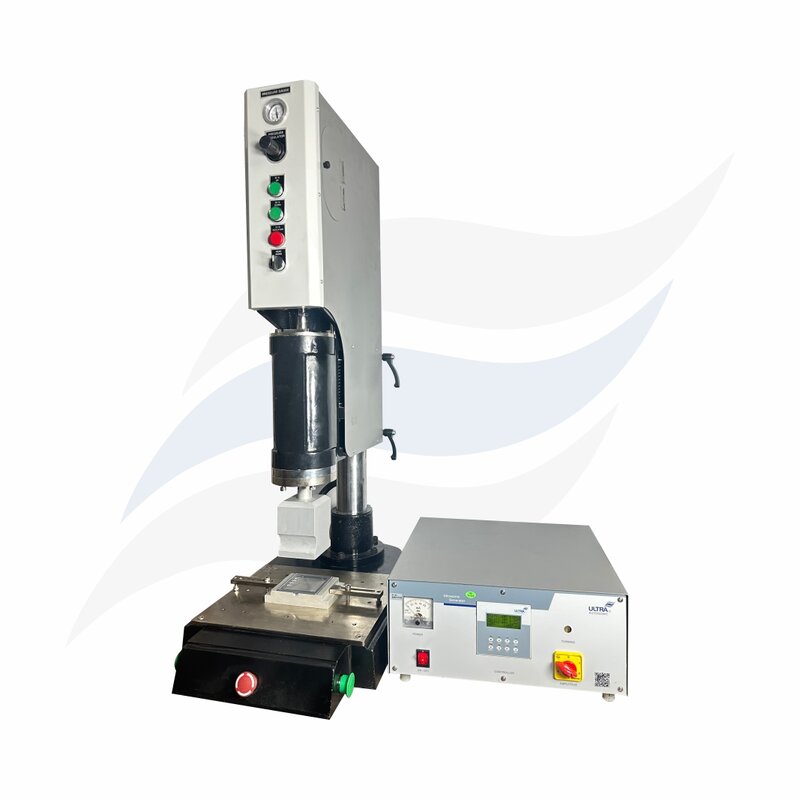
Ultrasonic plastic welding is commonly used to assemble control panels and instrumentation systems in aerospace applications. It allows for the efficient joining of plastic components that house various switches, buttons, and display panels.
In the aerospace industry, ultrasonic plastic welding is employed to assemble cabin interior components such as seat backrests, armrests, tray tables, and other plastic parts. This method ensures strong and durable bonds between the plastic pieces, meeting safety and performance requirements.
Air ducts and ventilation systems in aircraft often contain plastic components that need to be securely joined. Ultrasonic plastic welding offers a reliable and efficient method for assembling these parts, ensuring proper airflow and preventing leaks.
Ultrasonic plastic welding is used to assemble plastic components in lighting systems, including overhead cabin lights, reading lights, and signal lights. The technique provides a strong bond, which is crucial for maintaining the integrity of the lighting system under the demanding conditions of aerospace operations.
Avionics, which encompass various electronic systems and instruments used in aircraft, often require plastic enclosures for protection. Ultrasonic plastic welding enables the precise assembly of these housings, ensuring a robust and hermetic seal to protect sensitive electronic components.
While metallic materials are primarily used for aerospace structural components, there are instances where plastic parts are employed. Ultrasonic plastic welding can be applied to join plastic structural components in certain non-critical areas, such as fairings, covers, or non-load-bearing elements.
Ultrasonic plastic welding is utilized in the assembly of wire harnesses, which are bundles of wires and connectors used for electrical systems in aircraft. Plastic components, such as connectors and wire guides, can be efficiently joined using this technique, ensuring secure connections and efficient wire management.
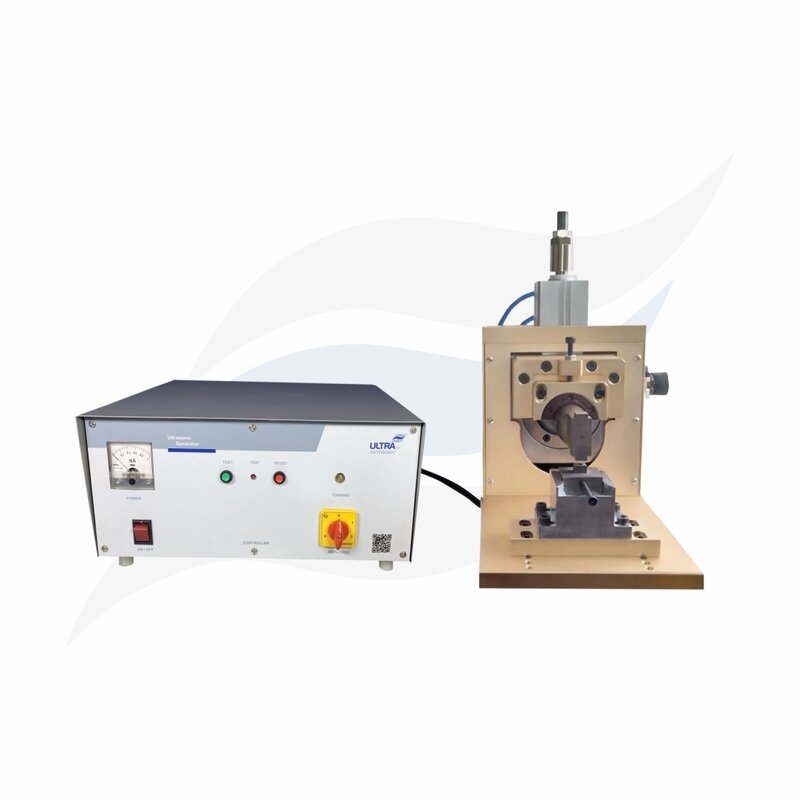
In the aerospace industry, there is a strong emphasis on reducing weight to enhance fuel efficiency and overall performance. Ultrasonic metal welding is particularly well-suited for joining lightweight materials, such as aluminum and titanium alloys, without adding extra weight or compromising structural integrity.
With the growing adoption of electric aircraft and drones, the aerospace industry requires efficient and reliable methods for battery assembly. Ultrasonic metal welding is capable of creating strong and consistent connections between battery cells and other components, ensuring the safe and efficient functioning of these power sources.
The aerospace industry relies heavily on electrical systems for various applications, such as avionics, communication, and lighting. Ultrasonic metal welding can be used to create secure electrical connections between conductive materials, ensuring uninterrupted electrical signals and minimizing the risk of electrical faults.
Aerospace applications often involve the integration of sensors and transducers into structural components to monitor and measure various parameters during flight. Ultrasonic metal welding can be used to attach these sensors to the aircraft's body or components effectively.
Ultrasonic metal welding is also employed to join metal parts to composite structures in aircraft. This ensures a strong bond between the metal and composite materials, enabling the creation of lightweight, durable, and efficient aerospace components.
Traditional welding methods can generate significant heat, which may affect the properties of heat-sensitive aerospace materials. Ultrasonic metal welding is a non-thermal process, making it suitable for joining materials that are susceptible to heat damage.
Ultrasonic metal welding is used for repair and maintenance tasks in the aerospace industry, allowing for quick and reliable fixes to damaged or worn components without affecting their structural integrity.
Ultrasonic metal welding is also relevant for spacecraft and satellite construction, where precision and reliability are critical. It is used for joining various metallic components in the assembly of satellite structures.
In aerospace propulsion systems, such as jet engines or rocket propulsion, ultrasonic metal welding can be used to join intricate and small components with high precision, ensuring optimal performance and safety.
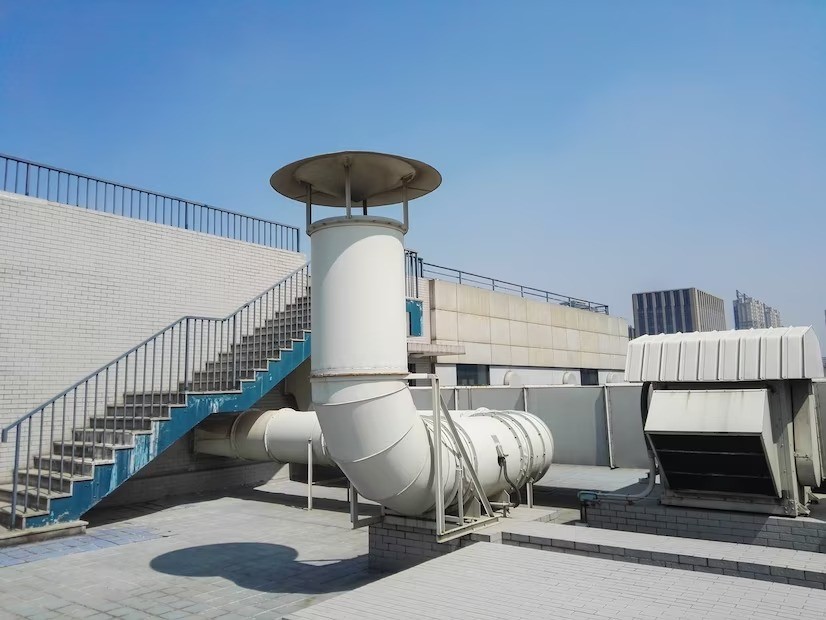
Air Ducts and Ventilation Systems
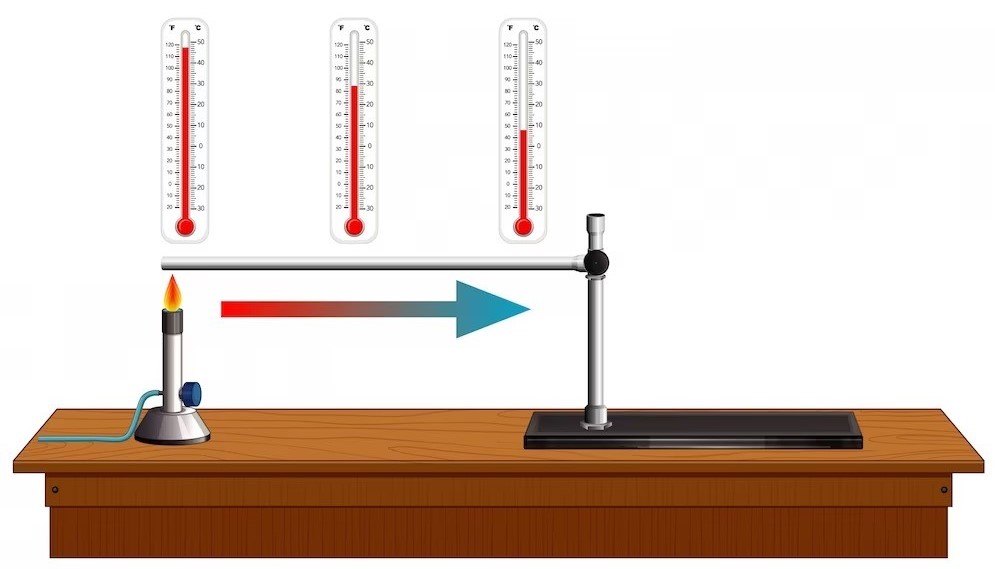
Heat Sensitive Component Joining
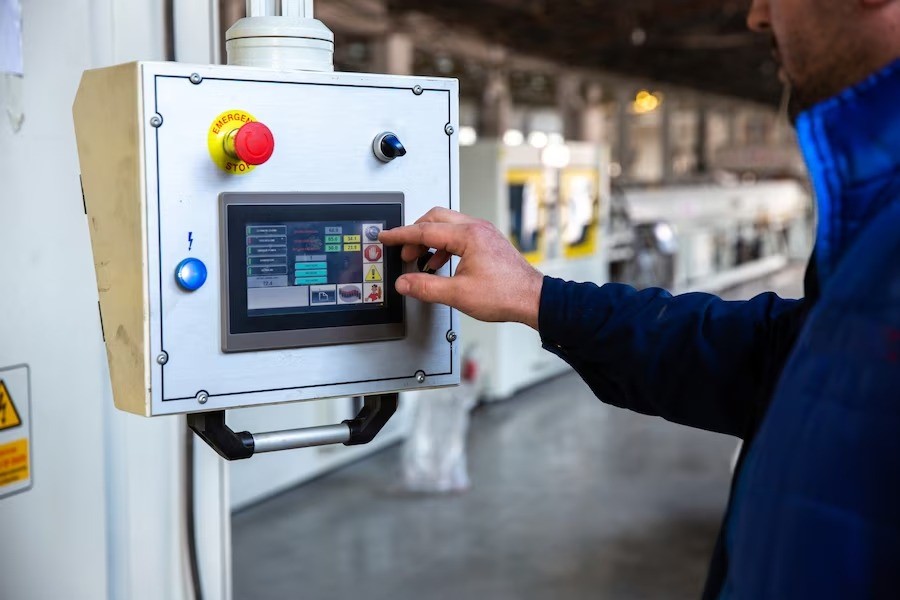
Instrumentation and Control Panels

Spacecraft and Satellite Construction